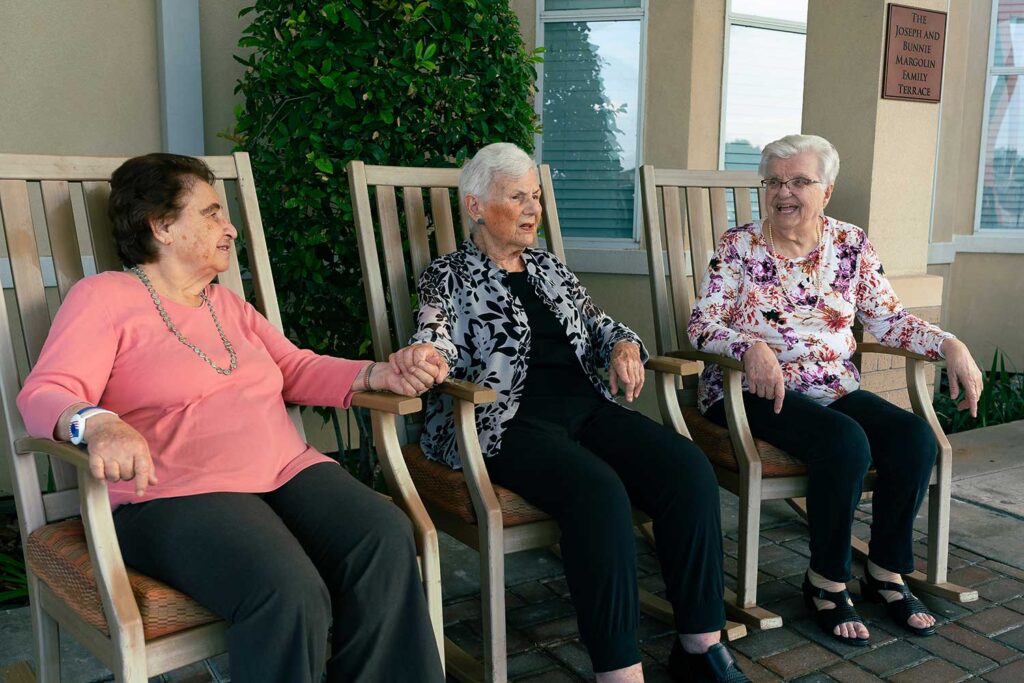Older adults deserve to enjoy the sunshine safely, but they do need to take a few extra precautions. As we age, our skin becomes more sensitive to the sun’s rays, and the risk of developing skin cancer increases.
In fact, the U.S. Centers for Disease Control and Prevention (CDC) warns that most skin cancers are caused by too much exposure to ultraviolet (UV) radiation the invisible but powerful rays from the sun, tanning beds, and sunlamps that can damage skin cells over time.

A few smart sun habits can make a big difference. Wearing wide-brimmed hats, using sunscreen, and seeking shade during peak hours can go a long way toward staying safe while still enjoying the outdoors.
Protecting your skin from sun damage starts with choosing the right sunscreen. Dermatologist Dr. Esta Kronberg emphasizes the importance of using a high-quality, broad-spectrum sunscreen with at least SPF 30 every single day.
“You definitely want to apply sunscreen to your face, hands, and ears,” she advises. “Make sure to do it about 30 minutes before going outside, as that’s how long it takes to fully activate and absorb into the skin.”
Consistent daily use of sunscreen is one of the most effective ways to prevent premature aging, sunburn, and skin cancer even on cloudy days or when you’re mostly indoors.
We encourage communities to support older adults by making sun protection a priority, that means adding more shaded areas in parks, walkways, and gathering spaces. Because everyone, at every age, should be able to enjoy a nice sunny day without putting their health at risk.
5 Tips to Protect Your Skin from The Sun:
- Shade
You can lower your risk of sun damage and skin cancer by staying in the shade under an umbrella, tree, or other shelter. However, for the best protection, it’s important to wear sunscreen or protective clothing whenever you’re outdoors, even while in the shade. - Clothing
Whenever possible, choose long-sleeved shirts and long pants or skirts to help protect your skin from UV rays. If that’s not practical, opt for a T-shirt or beach cover-up. Clothes made from tightly woven fabrics provide the best protection. Keep in mind that a wet T-shirt blocks less UV than a dry one, and darker colors generally offer more protection than lighter ones. Some clothing is even labeled to meet international UV protection standards. - Hat
For the most protection, wear a hat that has a brim all the way around that shades your face, your ears, and the back of your neck. Avoid straw hats with holes that let sunlight through. A darker hat may offer more UV protection. - Sunglasses
Sunglasses protect your eyes from UV rays and reduce the risk of cataracts. They also protect the tender skin around your eyes from sun exposure. Sunglasses that block both UVA and UVB rays offer the best protection. - Sunscreen
Use a broad-spectrum sunscreen with SPF 30 or higher, and apply it generously to all exposed skin, including face, ears, neck, hands, and feet. Cream, lotion, or stick sunscreens generally last for 2 hours, while water-resistant sunscreens can last for up to 80 minutes after swimming or sweating. Higher SPF sunscreens may offer longer protection.
If you would like to tour Seven Acres or The Medallion or speak with someone about your loved one’s needs, contact:
- Seven Acres Jewish Senior Care Services – Dominique Murray, Admission Director, at dmurray@sevenacres.org or 713-778-5712.
- The Medallion Jewish Assisted Living Residence – Loren Gordon, Director of Marketing, at lgordon@themedallion.org or 713-778-5702.
